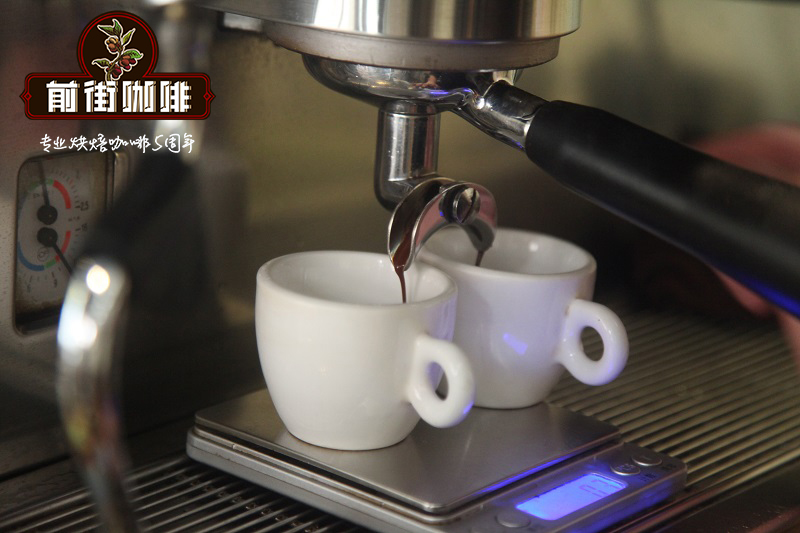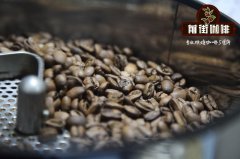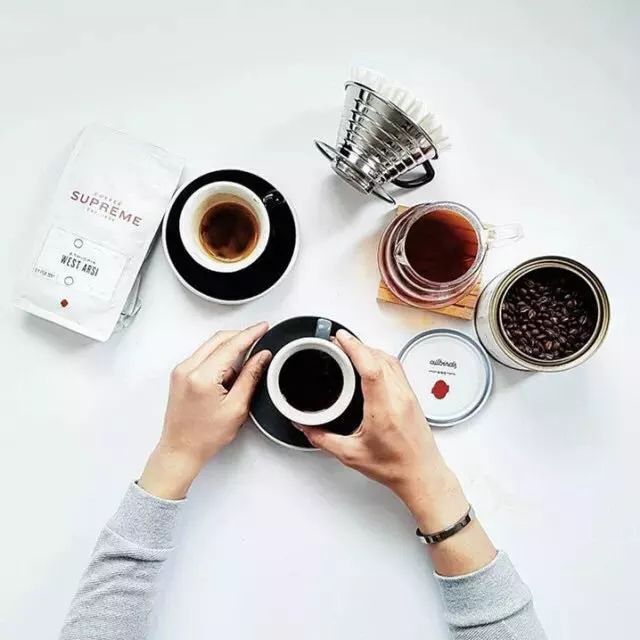Which brand of Indian coffee is good? the origin of Indian coffee beans? how much is Indian coffee beans per jin?

Professional coffee knowledge exchange more coffee bean information please follow the coffee workshop (Wechat official account cafe_style)
When it comes to Asian coffee, most people will first think of Indonesian gold Manning and Toraya, or Vietnamese coffee, Lao coffee, and recently rammed up Taiwan coffee, Yunnan coffee, and so on. Indian coffee has a long history, and it is also the first country in Asia to grow coffee. It has always occupied a place in the coffee world, and it is also a major country in global coffee production.
In the early years, Indian coffee beans were transported by sea from the coast of Malaba to Europe, which often took about six months to arrive in Europe. In the long process of shipping, under the influence of sea breeze and monsoon, these coffee beans gradually changed significantly in their flavor characteristics and color, and these changes led to the birth of today's Indian-style Malaba boutique beans.
Indian wind-stained Malabar coffee is one of the most famous boutique coffee beans in the world. Wind-stained coffee beans, also known as "monsoon coffee beans" in Taiwan, are named after their English name "Monsoon". His treatment is quite complex and peculiar, mainly due to the complex and unique flavor produced by the interaction between the earth and the sea breeze. The term "wind-stained Malaba" refers to the unique coffee product of its weathered beans treated in Malaba on the west coast of India, where the coffee is transported to all parts of the world after tedious and rigorous wind-stained treatment.
Wind-stained coffee needs to be made with sun beans, and all factories dealing with wind-stained coffee face to the west to meet the salty and wet monsoon blowing from the southwest sea. The coffee beans are spread flat in the wind field, the windows are all open, and the wind stains to a certain extent, and then enter the bag, but because the beans will expand a lot in the process, the coffee beans can not be filled too full, and the coffee bags should not be piled too dense to avoid mildew and spoilage due to lack of wind. It is also necessary to pour out coffee beans and replace sacks from time to time to avoid mold, which is a very time-consuming and labor-consuming project. The weathering period is about 12 to 16 weeks, and after it is ripe, it will be fumigated to drive out the weevil, and finally the beans will be screened manually to remove the failed beans that have not turned golden. After three to four months of wind treatment, green coffee beans are twice as large in volume and reduced in weight and density.
Although the wind-stained Malabar coffee beans seem to be big and fat, they are soft beans that are strong and dry outside, a change that has taken place after months of weathering. Coffee beans have been exposed to the moist monsoon for several weeks, which not only turns the beans yellow, but also reduces the acidity of the coffee itself, and the taste is very special. In addition to serving as a single product, Indian Malabar coffee beans are also suitable for blending integrated coffee beans.
Indian coffee bean brand recommendation
The Indian coffee beans baked in Qianjie Coffee-Wind-stained Malaba Coffee are fully guaranteed in terms of brand and quality. And more importantly, the performance-to-price ratio is extremely high, a pack of half a pound 227 grams, the price is only about 80 yuan. According to the calculation of 15 grams of powder per cup of hand-brewed coffee, 15 cups of coffee can be made in a bag, and each cup of coffee costs only about 5 yuan, which is very cost-effective for coffee shops to sell dozens of yuan a cup.
Qianjie coffee: Guangzhou bakery, the store is small but a variety of beans, you can find a variety of unknown beans, but also provide online store services. Https://shop104210103.taobao.com
Important Notice :
前街咖啡 FrontStreet Coffee has moved to new addredd:
FrontStreet Coffee Address: 315,Donghua East Road,GuangZhou
Tel:020 38364473
- Prev

Which brand of Indian Malaba coffee is good? how to use Indian drip coffee? how about Indian coffee?
Professional coffee knowledge exchange more information about coffee beans Please pay attention to the coffee workshop (official Wechat account cafe_style) Coffee has become the first drink in the world only 1600 years later, so the recorded history of coffee is only 400 years similar to that of Taiwan. It is generally recognized that Africa is the home of coffee, originated in Ethiopia and spread from the port of Mocha in Yemen to all parts of the world.
- Next

The characteristics of coffee in Africa-feel the charming acidity of coffee, how to taste it
Professional coffee knowledge exchange more coffee bean information please follow coffee workshop (Wechat official account cafe_style) Coffee Xiaobai Advanced Level 3, began to accept sour coffee, distinguish various acidity, experience acidity, from Coffee Xiaobai Advanced Level 1 Advanced Coffee Level 2, slowly began to like to drink African beans. Coffee beans from three continents have their own characteristics, to put it simply
Related
- Does Rose Summer choose Blue, Green or Red? Detailed explanation of Rose Summer Coffee plots and Classification in Panamanian Jade Manor
- What is the difference between the origin, producing area, processing plant, cooperative and manor of coffee beans?
- How fine does the espresso powder fit? how to grind the espresso?
- Sca coffee roasting degree color card coffee roasting degree 8 roasting color values what do you mean?
- The practice of lattes: how to make lattes at home
- Introduction to Indonesian Fine Coffee beans-- Java Coffee producing area of Indonesian Arabica Coffee
- How much will the flavor of light and medium roasted rose summer be expressed? What baking level is rose summer suitable for?
- Introduction to the characteristics of washing, sun-drying or wet-planing coffee commonly used in Mantenin, Indonesia
- Price characteristics of Arabica Coffee Bean Starbucks introduction to Manning Coffee Bean Taste producing area Variety Manor
- What is the authentic Yega flavor? What are the flavor characteristics of the really excellent Yejasuffi coffee beans?

